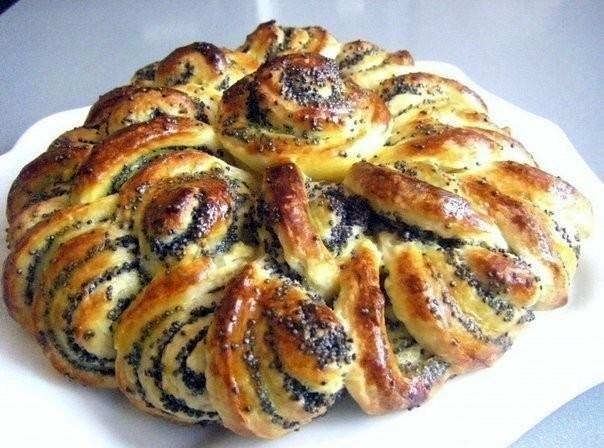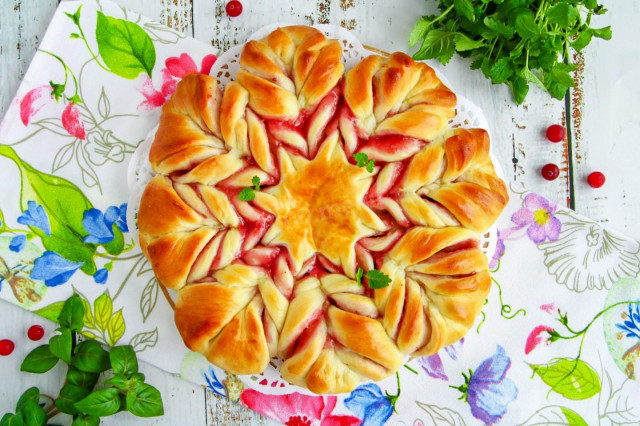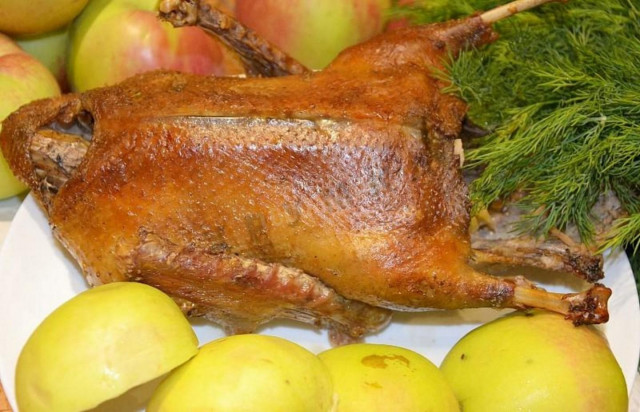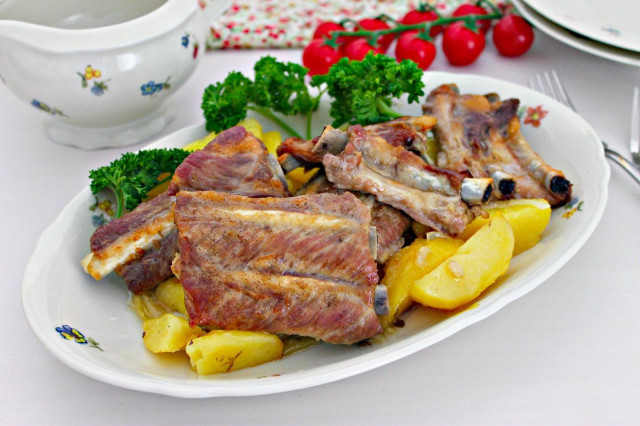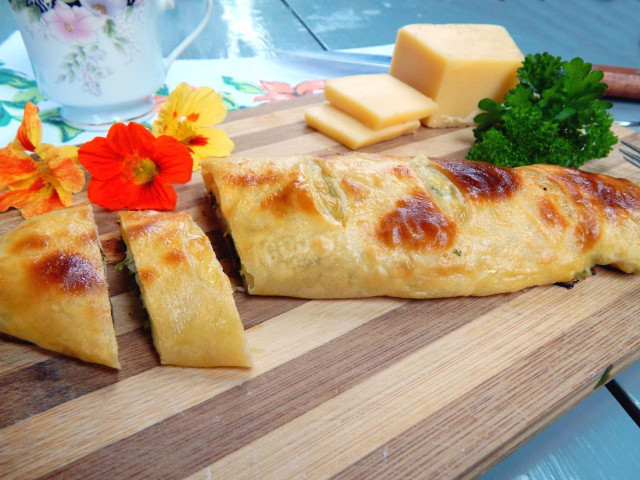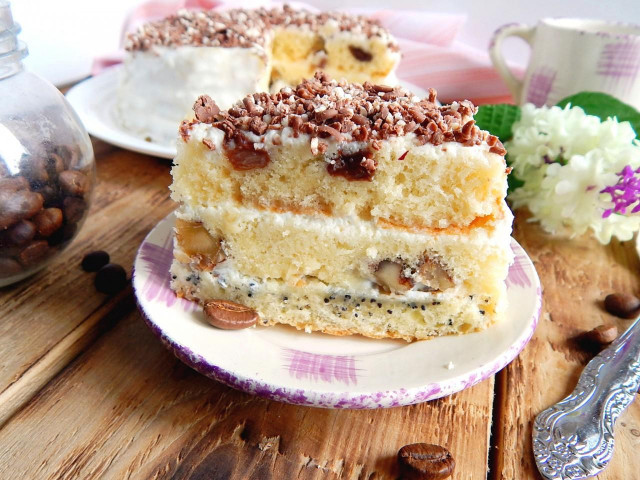Composition / ingredients
Step-by-step cooking
Step 1:
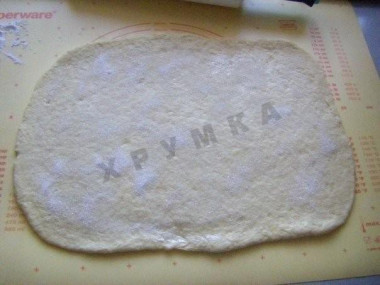
Fill the yeast with warm water (no higher than 40 degrees), add sugar and a pinch of flour. Let's leave it for half an hour. Sift the flour with a slide. Pour the sourdough into the center, mix. Gradually add eggs, milk, butter. Last of all - vegetable oil. The dough should be uncool. We send it to rise in a warm place for 30 minutes. We mince and set aside to rise for another 30 minutes.
Step 2:
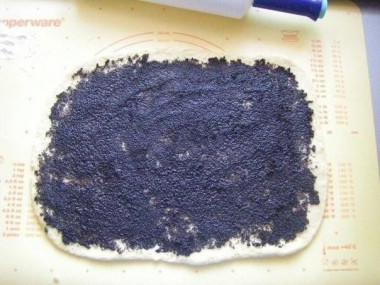
While the dough is suitable, we prepare the filling for it. Cook the poppy seeds in milk or water, adding 3 tablespoons of sugar. Let's drain the liquid. Next, divide the dough into parts (for two pies), roll out both parts and lubricate with butter. We distribute the poppy over the surface of the dough. We form a roll from the dough. Cut off the ends of the roll on both sides. Roll up the roll into a ring.
Step 3:
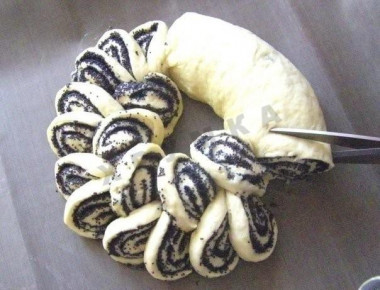
Using a sharp knife or cooking scissors, we make incisions all over the roll from the outside, without cutting to the end about 1.5-2 cm. We count two incised pieces, turn the third one up. And so it is all over the roll.
Step 4:
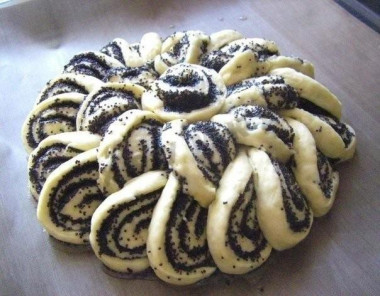
Turn out the cut ends of the roll and form rosettes. We put one rose down the center, the second one on top. We leave the roll for half an hour in a warm place. During this time, we warm up the oven to 170 degrees. Bake the pie for 20 minutes.
Important! Using dry yeast, it should be borne in mind that they occur in two forms: active and instant (read the instructions carefully before use!).
Active dry yeast looks like beads or small balls. Before applying them, they must be brought out of the "sleep mode". To do this, the active yeast is diluted in warm sweet water, milk or whey. The resulting bubbles, foam or "cap" indicate that the yeast is ready for further use. Active dry yeast must be brought to complete dissolution in the liquid, otherwise, due to the remaining grains, the dough may not rise and the baking will be spoiled (yeast grains that have not dissolved in the liquid and got into the dough will no longer disperse on their own, which means they will not work).
Instant dry yeast is easier to use. They do not need to be activated before use. Such yeast, along with other ingredients, is simply added to the dough. As a result, the baking time is reduced.
It should also be remembered that both types of dry yeast may differ in their activity from different manufacturers.
The liquid in which yeast is bred should be pleasant to the touch, no higher than 40 degrees. Why is this important? In a warm environment, yeast is well activated, in a hot one it will die, and in a cold one it simply will not work. To avoid unpleasant surprises, check the yeast before mixing with the rest of the ingredients. Pour a little warm milk into a bowl, stir in the yeast. Cover the bowl with a kitchen towel and put it in a warm place without drafts for 10-15 minutes. During this time, a foam yeast cap should appear on the surface of the sponge. If this did not happen, then the fermentation process has not started (the yeast is overdue or spoiled). In this case, it is worth taking other yeast, otherwise baking will not work.
Dry yeast can be replaced with fresh pressed yeast, based on the proportion of 1:3. That is, for 1 gram of dry yeast required by the recipe, you need to take 3 grams of fresh.
Caloric content of the products possible in the composition of the dish
- Whole cow's milk - 68 kcal/100g
- Milk 3.5% fat content - 64 kcal/100g
- Milk 3.2% fat content - 60 kcal/100g
- Milk 1.5% fat content - 47 kcal/100g
- Concentrated milk 7.5% fat content - 140 kcal/100g
- Milk 2.5% fat content - 54 kcal/100g
- Whole durum wheat flour fortified - 333 kcal/100g
- Whole durum wheat flour universal - 364 kcal/100g
- Flour krupchatka - 348 kcal/100g
- Flour - 325 kcal/100g
- Granulated sugar - 398 kcal/100g
- Sugar - 398 kcal/100g
- Butter 82% - 734 kcal/100g
- Amateur unsalted butter - 709 kcal/100g
- Unsalted peasant butter - 661 kcal/100g
- Peasant salted butter - 652 kcal/100g
- Melted butter - 869 kcal/100g
- Vegetable oil - 873 kcal/100g
- Poppy (seed) - 556 kcal/100g
- Mac - 556 kcal/100g
- Salt - 0 kcal/100g
- Water - 0 kcal/100g
- Chicken egg - 80 kcal/100g
- Dry yeast - 410 kcal/100g

